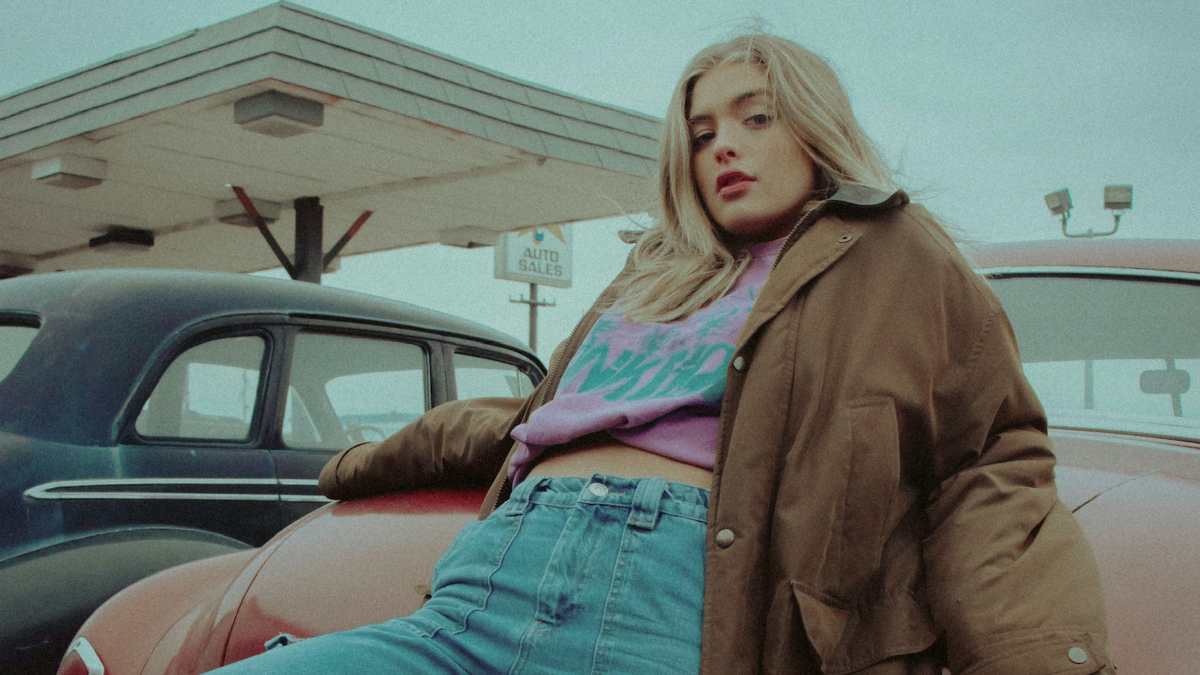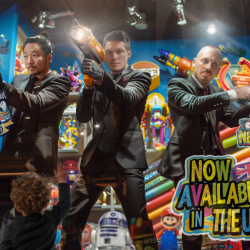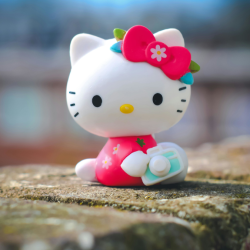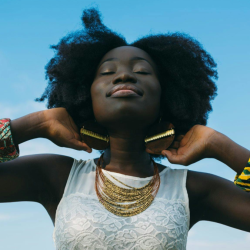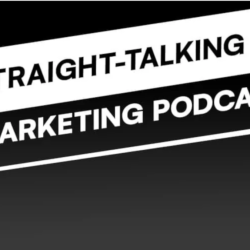Y2K aesthetics show no sign of slowing down as a Gen Z trend, with people on social media platforms embracing and dissecting ’80s, ’90s and 2000s fashion as a source of inspiration for new outfits. Who knew that the clothes that millennials and Gen X wore in middle and high school would come back, and in such inventive ways? With this piece MediaCat Magazine’s Andrea Buzzi explores a few brands that have caught her eye in recent times, and what they’ve done to remain relevant.
Birkenstock
The most ‘comfortable ugly’ sandals are back. Birkenstock is a German footwear brand that was founded in 1774. The company originally produced orthopaedic shoes, but in the ’60s their sandals started to become popular among the hippie and counterculture movements. In recent years the brand made a smart move, which was to partner with high-end designers (and focus on sustainability) to create limited-edition collaborations, like the ones with Valentino and Rick Owens. These colourful models are now popular on Instagram, and worn on the feet of all fashionistas.
Champion
Champion were founded in 1919 and went onto to become a staple of ’90s fashion, perhaps in part because they were the official outfitter for all 27 teams in the NBA during that time. And thanks to the resurgence of ’90s and 2000s sportswear, the brand’s comfortable and sporty clothes have become popular with Gen Z. Champion have also had some intriguing partnerships, like one with the luxury Swiss brand, Vetements, which added prestige. They’ve also, intriguingly, collaborated with Super Mario Bros., Stranger Things, Harley-Davidson and Beastie Boys.
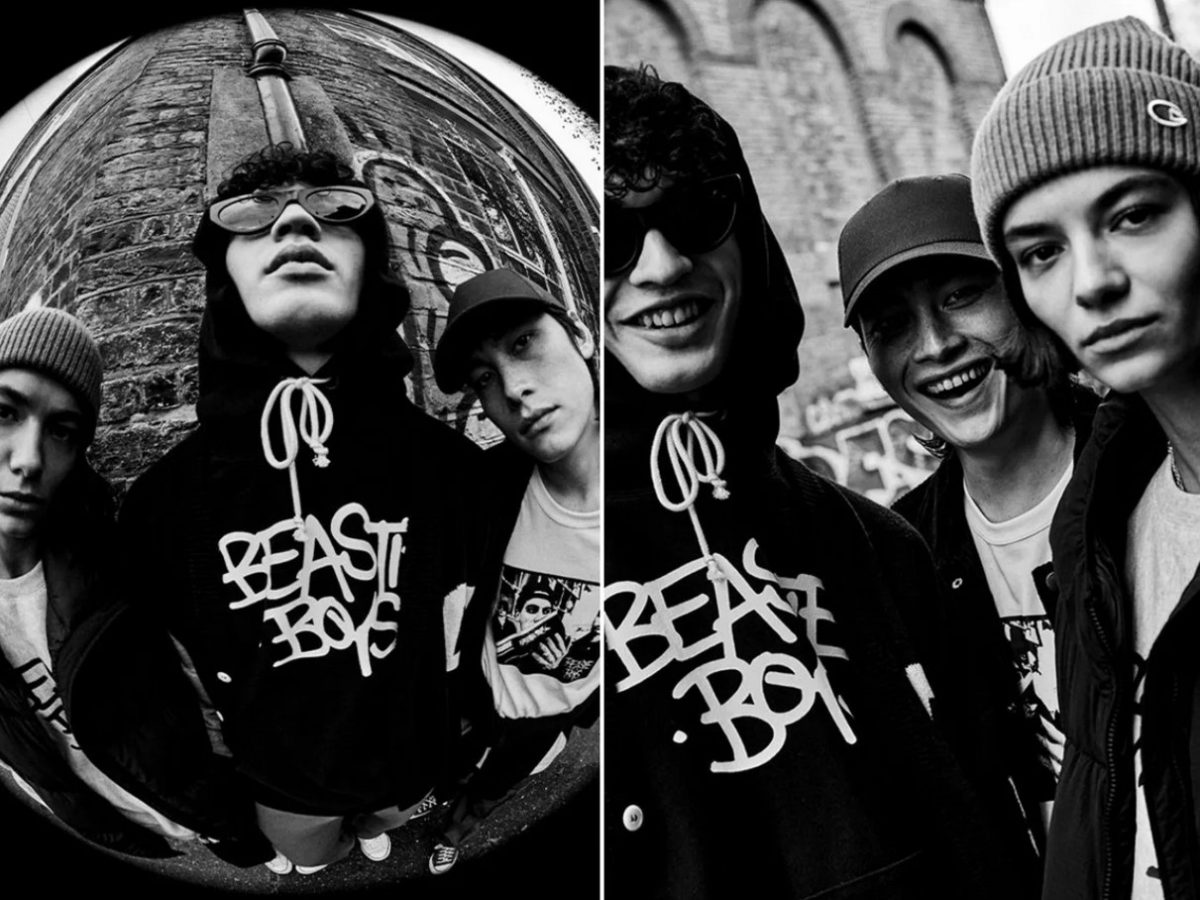
Converse
Founded in 1917, Converse is a classic brand that’s never really gone away, but it has certainly experienced ups and downs over the years. In the ’90s, Converse sneakers were a symbol of grunge culture but competition became fierce… until a competitor, Nike, stepped in and bought the company in 2003. Under new leadership, Converse embraced its old skool style. Their ‘Forever Chuck’ campaign (below) is an achingly cool example of them leaning into their heritage, but in a modern way.
Fila
Fila is an Italian sportswear brand that was founded in 1911. The company was originally known for its tennis apparel, but in the ’90s they became popular with the hip-hop and street-wear communities. The brand made a comeback when it was taken over by a Japanese entrepreneur, who brought it back into vogue. In recent years Fila has also partnered with luxury brands, like Fendi and Jason Wu.

Fiorucci
This Italian fashion brand was founded in 1967 and known for its playful and colourful designs, ones which became popular with the disco and punk subcultures in the ’70s and ’80s. Thanks to Stephen and Janie Schaffer (who had the idea to relaunch in 2017) the new Fiorucci has embraced social media and pop culture; which has helped create a buzz around the brand and appeal to a new generation of consumers.
Levi’s
This iconic brand has experienced a resurgence in recent years by embracing sustainability and focusing on its core products. Levi’s has also tapped into the desire for vintage denim, and offered reissued versions of its iconic 501 jeans, plus collaborated with designers like Vetements. Levi’s mounted an epic comeback, setting up a multi-million-pound innovation lab, revamping product lines, and launching successful campaign such as ‘Live in Levi’s’ — an idea inspired by a devoted customer who said ‘You wear other jeans, but you live in Levi’s’.
Reebok
This brand has come a long way: nobody expected to see Reeboks on the feet of Gigi Hadid and Victoria Beckham. The English sportswear brand was founded in 1958 and known for its athletic footwear and apparel, especially its ‘Classic’ sneakers, which were introduced in 1983. They were recently acquired by the Authentic Brands Group, after which collaborations happened with fitness influencers, and a new line of sneakers (see Club C) and apparel were created.
So how did they come back?
These brands capitalised on heritage and history to appeal to a new generation. And, arguably, their return(s) can be attributed to a number of factors, which are:
Nostalgia: many of these brands were hugely popular in the past, and consumers, nowadays, have a sense of nostalgia and longing for styles of the past. This has led to a renewed and sustained interest in vintage and retro styles from decades like the ’90s.
Sustainability: in recent years people have become more environmentally conscious and are looking for brands that prioritize ‘greener’ principles. Birkenstock and Levi’s, for instance, have embraced sustainable practices and made this core to their identity.
Athleisure: Athleisure wear trend has been a major factor in the comebacks of brands like Champion and Reebok. They offer comfortable, sporty yet fashionable clothes, ones that are perfect for a more ‘casual but cool’ look.
Collaboration: collaborations with high-end designers and artists helped to create hype around their products and make them more appealing. Collaborating with other brands and designers and releasing limited edition collections also adds a sense of exclusivity and drives demand.
Social Media: the rise of social media has also played a role in the resurgence of these brands. By creating a strong social presence and connecting with younger people, these brands have been able to tap into new audiences and build loyal communities.
Rebranding and marketing: some of these brands reinvented themselves through a rebranding effort or new marketing campaigns. This helped change consumer perceptions and create a modern (and more relevant) image in the minds of customers.
Featured image: Joshua Rondeau / Unsplash

















